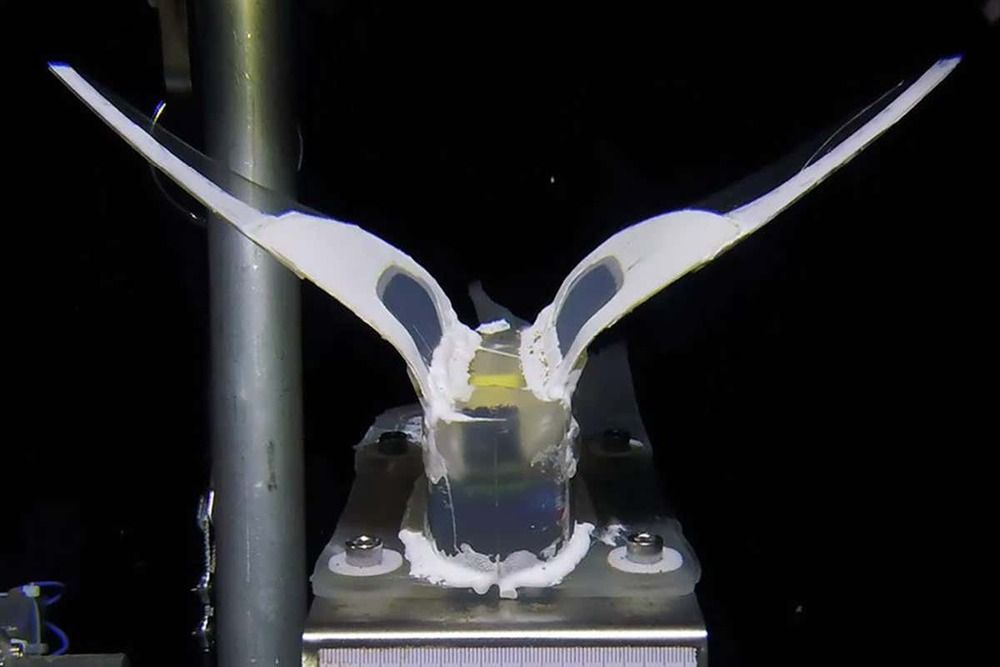There’s more AI news out there than anyone can possibly keep up with. But you can stay tolerably up to date on the most interesting developments with this column, which collects AI and machine learning advancements from around the world and explains why they might be important to tech, startups or civilization.
To begin on a lighthearted note: The ways researchers find to apply machine learning to the arts are always interesting — though not always practical. A team from the University of Washington wanted to see if a computer vision system could learn to tell what is being played on a piano just from an overhead view of the keys and the player’s hands.
Audeo, the system trained by Eli Shlizerman, Kun Su and Xiulong Liu, watches video of piano playing and first extracts a piano-roll-like simple sequence of key presses. Then it adds expression in the form of length and strength of the presses, and lastly polishes it up for input into a MIDI synthesizer for output. The results are a little loose but definitely recognizable.
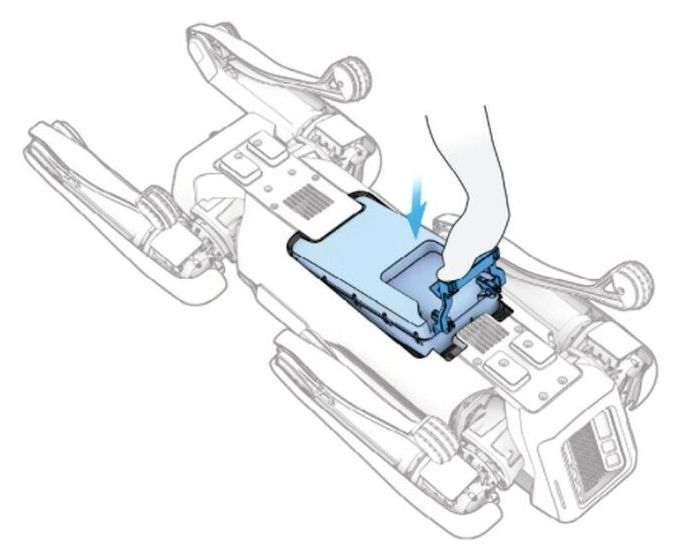



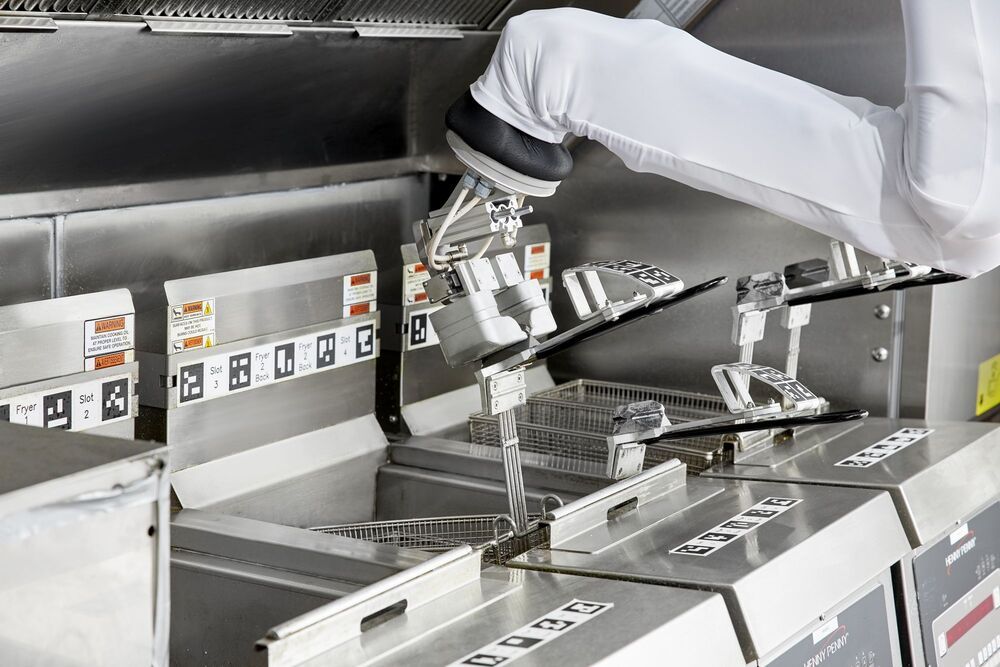
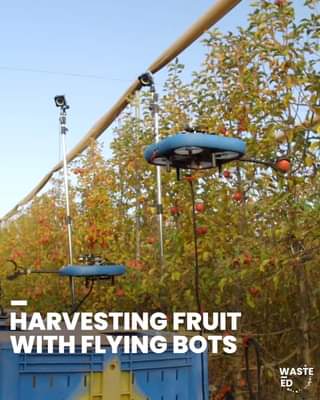

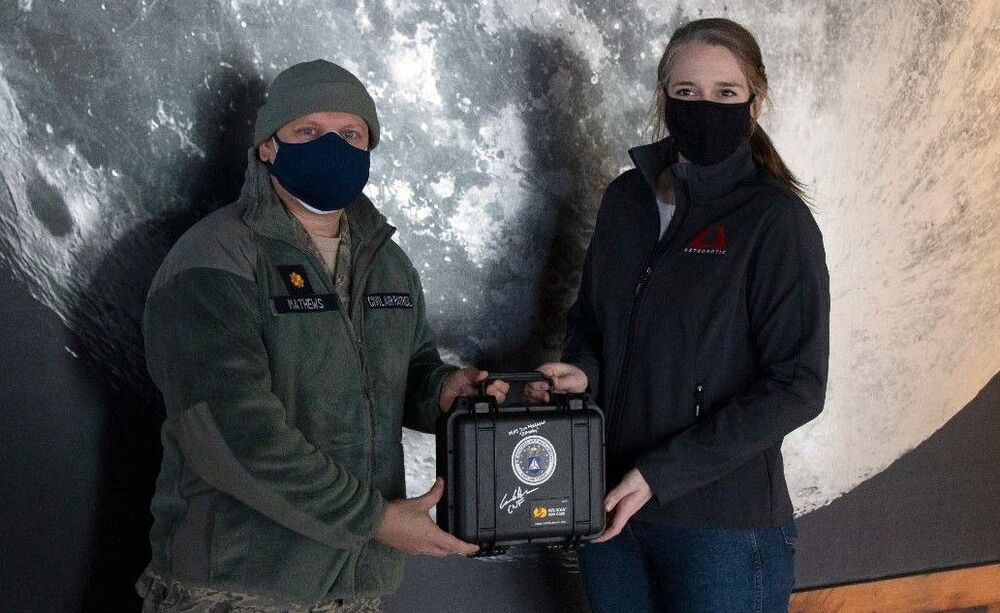

 A microchip carrying more than 27000 Civil Air Patrol names with related messages and images is set to be carried to the moon later this year aboard space robotics company Astrobotic’s Peregrine lunar lander.
A microchip carrying more than 27000 Civil Air Patrol names with related messages and images is set to be carried to the moon later this year aboard space robotics company Astrobotic’s Peregrine lunar lander.